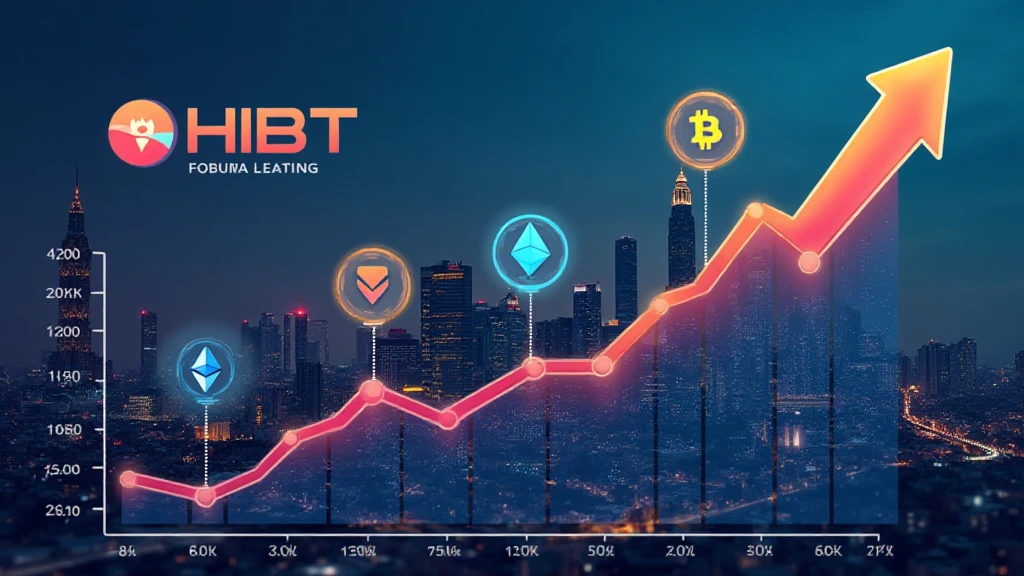1031 Exchange Real Estate: A Comprehensive Guide
In the ever-evolving landscape of investments, the 1031 exchange real estate strategy stands out as a powerful tool. This method offers significant tax advantages to savvy investors looking to maximize their portfolios, especially in the realm of real estate. According to recent reports, real estate investments are projected to grow steadily, and understanding how to effectively implement a 1031 exchange can be the key to gaining a competitive edge.
What is a 1031 Exchange?
A 1031 exchange, named after the section of the Internal Revenue Code that governs it, allows investors to defer paying capital gains taxes on an investment property when it is sold, as long as another similar property is purchased with the profit gained by the sale. As we delve into the intricacies of this strategy, it is vital to understand both its mechanics and its potential impact on investment decisions.
The Basics of 1031 Exchange
- Only applicable for investment or business properties, not personal residences.
- Properties must be of “like-kind,” meaning they are similar in nature and use.
- Must adhere to specific timelines: 45 days to identify a new property and 180 days to complete the purchase.
The Importance of Timing
Here’s the catch: timing is crucial in a 1031 exchange. The IRS has set strict deadlines that must be followed to qualify for the tax deferral benefits. If investors fail to meet these deadlines, they risk owing taxes on their capital gains, effectively negating the primary advantage of the 1031 exchange.

The Role of Cryptocurrency in 1031 Exchange
As cryptocurrency continues to penetrate various sectors, it raises questions about the compatibility of digital assets with traditional investment strategies like the 1031 exchange real estate. With the increasing interest in blockchain technology and its applications in finance, understanding how these two worlds intersect is critical.
Cryptocurrency and Real Estate Transactions
- Real estate firms are beginning to accept cryptocurrency as a payment method.
- Blockchain technology enhances transparency and reduces transaction times.
- Smart contracts could potentially streamline the 1031 exchange process.
Implementing a 1031 Exchange Successfully
To effectively implement a 1031 exchange, investors should consider several steps to ensure compliance and maximize tax benefits:
Step-by-Step Guide
- Consult with Professionals: Work with qualified intermediaries and tax professionals experienced in 1031 exchanges.
- Identify Like-Kind Properties: Focus on finding properties that meet the IRS’s criteria for “like-kind”.
- Stay Organized: Keep meticulous records of all transactions and correspondence.
The Impact of 1031 Exchange on Investment Strategies
The 1031 exchange real estate strategy can significantly influence an investor’s portfolio diversification. By deferring taxes, investors have more capital to reinvest in additional properties, allowing them to expand their holdings efficiently.
Real World Example
For example, an investor sells a residential rental property for $500,000, realizing a gain of $200,000. Instead of paying capital gains taxes immediately, the investor can reinvest in a commercial property, thereby deferring taxes and increasing future earning potential.
Understanding Local Markets: The Case of Vietnam
The real estate market in Vietnam has shown noteworthy growth, with user growth rates for cryptocurrency surpassing 200% in the past year alone. Investors should consider this market’s dynamics when implementing a 1031 exchange strategy involving international properties.
Market Data
| Year | Market Growth Rate | Crypto Adoption Rate |
|---|---|---|
| 2021 | 8% | 150% |
| 2022 | 10% | 180% |
| 2023 | 12% | 200% |
Advantages and Challenges of 1031 Exchange
While the advantages of a 1031 exchange are clear, it also poses challenges that investors must navigate:
Pros and Cons
- Pros: Deferral of capital gains taxes, increased purchasing power, and portfolio diversification.
- Cons: Strict timelines, the need for qualified intermediaries, and potential for missteps in property identification.
Conclusion
In conclusion, the 1031 exchange real estate strategy presents a unique opportunity for investors looking to maximize returns while minimizing tax liabilities. As the landscape of investing continues to change with the rise of cryptocurrencies, staying informed and adaptable will be key to leveraging these opportunities effectively. For anyone considering a 1031 exchange, consulting with experienced professionals and thoroughly understanding the process is paramount.
As the digital revolution unfolds, integrating blockchain principles into established strategies like the 1031 exchange could redefine investment tactics for generations to come. For further insights into blockchain and cryptocurrency investing, visit mycryptodictionary.

Image description: An overview of 1031 exchange real estate strategy with an emphasis on investment benefits.





